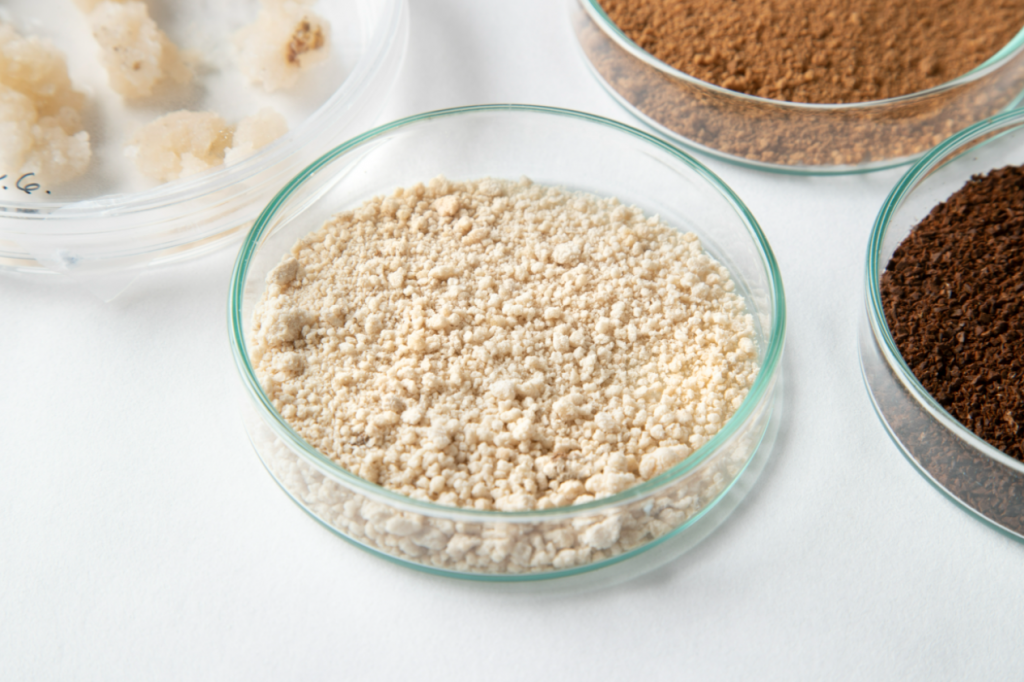As the world’s population rises, our efforts to feed the hungry take their toll on the ecosystem. A significant part of the solution is in laboratories. Evidently, the high environmental costs of livestock production are reduced with lab-grown items like rib-eye-steaks, burgers and chicken tenders. Now we are witnessing the rise of one of the world’s most popular beverages: coffee.
Nearly 10 billion kg (22 billion lb) coffee is produced annually worldwide, and demand is only anticipated to rise in the future. To match this demand, more room for coffee plants must be created and the deforestation of vast swaths of land so that plants may grow in direct sunlight.
According to studies, coffee is highly vulnerable to climate change, and rising temperatures can increase the prevalence of illness and pests. As a result, while the global coffee industry confronts significant environmental challenges, an alternate way of manufacturing may be in the pipeline. Similar to this technique are other forms of “cellular agriculture,” which are made using cell cultures instead of physical animals or plants, which consume a part of the energy, water, and carbon emissions.

“The idea is to use biotechnology rather than conventional farming to produce food and therefore provide alternative routes that are less dependent on unsustainable practices,” Dr Heiko Rischer, Head of Plant Biotechnology at Finland’s VTT research institute, explains.
“For example, these solutions have a lower water footprint, and less transport is needed due to local production. There isn’t any seasonal dependency or the need for pesticides either.”
Rischer is leading a VTT research study focused on lab-based coffee using cells obtained from actual plants. Last week, the team’s efforts paid off, with its first cup, which Rischer described as smelling and tasting like regular coffee.

“The process uses real coffee plant cells,” he tells us. “Initially, cell culture is started from a plant part, e.g. a leaf. The formed cells are propagated and multiplied on a specific nutrient medium. Ultimately, the cells are transferred to a bioreactor from which the biomass is then harvested. The cells are dried and roasted, and then coffee can be brewed.”
In the lab, both academic groups and forward-thinking businesses are focusing on more sustainable coffee manufacturing. For example, compound Foods recently announced US$4.5 million in initial funding to manufacture bean-less coffee by extracting molecules using “synthetic biology,” according to TechCrunch.

Furthermore, a US-based firm. Atomo also claims to have created a molecular blend that tastes less bitter than regular coffee. In the last four years, the company has raised $11.6 million in two seed phases. The innovative technology uses 94% less water and emits 93% less carbon dioxide than traditional coffee production.
So, when will these eco-friendly coffee cups make their way into the hands of caffeine lovers all around the world? Regulatory authorities in various locations would have to approve lab-grown coffee first, while Atomo has already claimed that their product will be available in 2022. Rischer, on the other hand, is working on a much more relaxed schedule.

“We aim to team up with industrial partners in order to develop a real product,” he says. “In the most optimistic scenario, a commercial product could be ready in four years.”
The video below provides an overview of VTT’s technology.
Source: VTT


